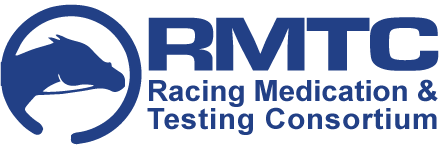By: Cormac Byrne
The Irish Horseracing Regulatory Board (IHRB) has promised to introduce more stringent rule surrounding whip use after a sharp rise in the number of penalties handed out for the offence in 2018.
The IHRB unveiled its Integrity Racing Statistics for 2018 today and the contentious issue of whip-use has arisen.
There were 213 penalties handed out for whip-use in 2018, a 26pc increase on 2017 and the IHRB will now act.
IHRB chief executive Denis Egan expressed disappointment at the increase in the number of whip rule breaches which are now at levels last seen prior to the new rules being introduced in 2013.
“The IHRB will be introducing more stringent whip rules in the coming months and for the first time there will be a restriction on the number of strikes allowed. There will also be higher penalties for frequent offenders,” he said.
In 2011, the British Horseracing Authority introduced guidelines that meant a whip can only be used a maximum of seven times in a flat race and eight times in a National Hunt race. It can also only be used five times in the last furlong of a flat event and from the last obstacle in a jumps race.
The figures also show that five jockeys tested positive for cocaine in 2018.
The IHRB has organised two Anti-Doping Seminars for jockeys which take place on Tuesday, March 5 at the Keadeen Hotel, Newbridge and on Wednesday, March 20 at the Horse and Jockey Hotel to ensure that riders are aware of their responsibilities under the rules.
On the issue of drug testing of horse, 4,232 samples were tested with 27 tests returning positive results.
Dr Lynn Hillyer, Head of Anti-Doping said: “2018 saw a well-publicised development of the IHRB’s equine anti-doping programme. Whilst the overall number of positive cases was an increase on previous years, on investigation of each case it was clear that they largely arose from a lack of understanding of the risks around prohibited substances.
“The three anti-doping seminars that the IHRB organised in the autumn were well received – with an emphasis on prevention always being better than cure, further anti-doping education is planned for 2019.”
There was a welcome rise in the number of trainer’s licences issued in 2018, which bucked the trend of recent years.
High-profile jumps trainers like Charlie Swan, Colm Murphy and Sandra Hughes were forced to quit the game because they felt it was no longer financially viable.
The number of training licenses issued last year rose by 3.6pc to 372.
“It is pleasing to note that the tide seems to have turned regarding trainers’ licences with a 3.6pc increase being recorded which is the first increase in recent years,” he added.
The injury rate per ride in National Hunt racing and Point-to-Points fell to 0.91pc and 0.53pc respectively but the number of concussions rose sharply from 11 in 2017 to 20 in 2018, with the average over the last 10 years being 10.


